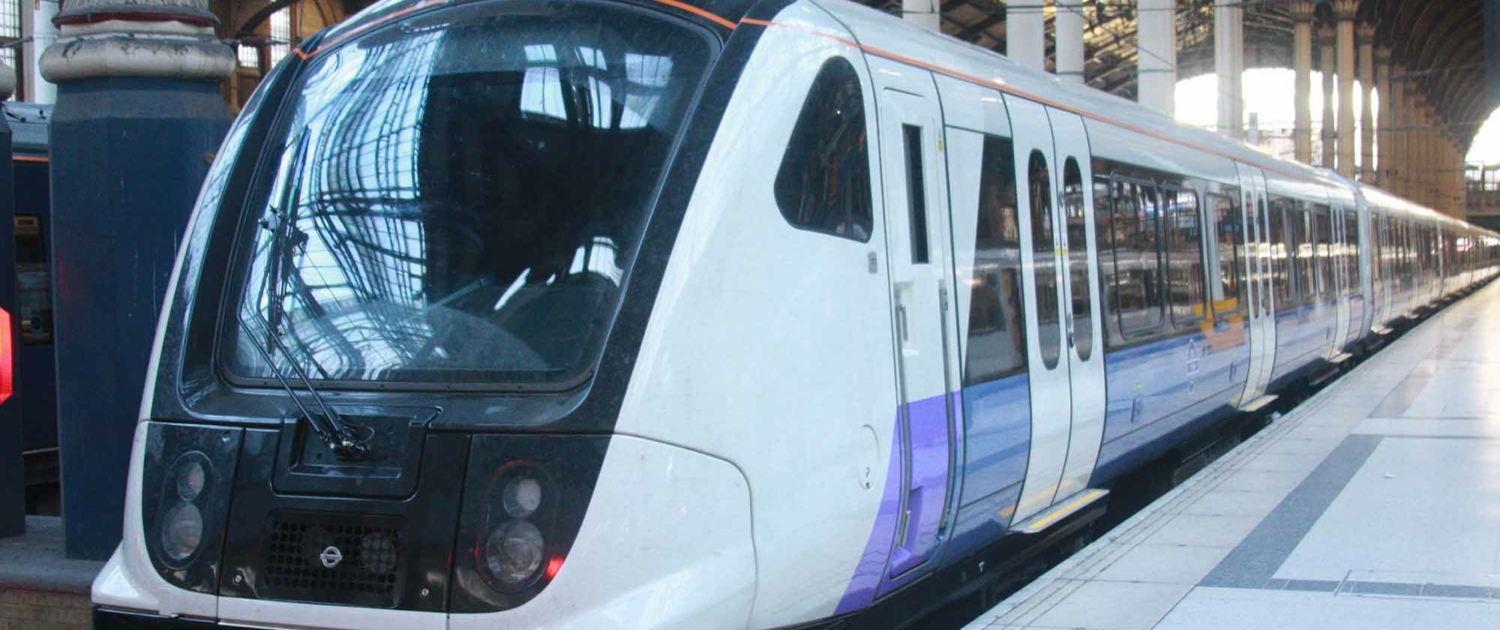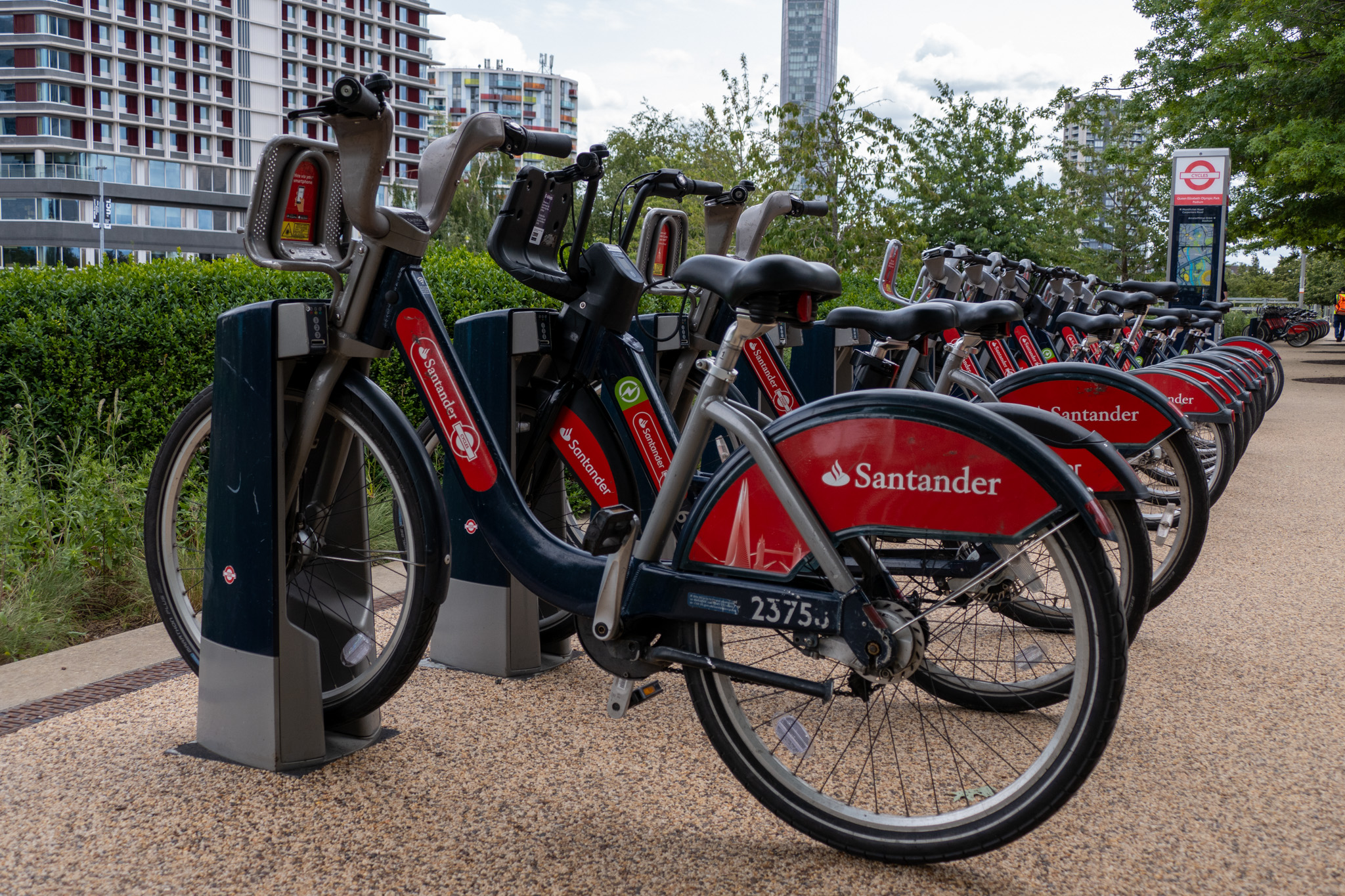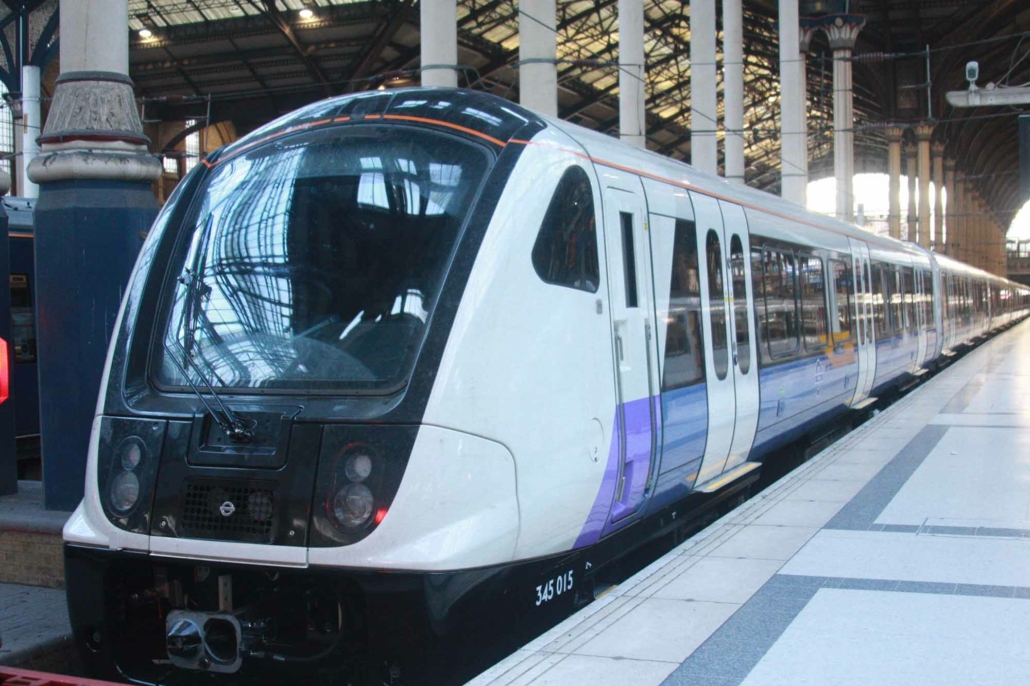How has urban change created integrated transport opportunities in London?
London’s integrated transport system
Since Transport for London (TfL) was formed in 2000, London’s transport network has been transformed to meet the city’s rapid population growth needs. The city has seen a substantial mode shift away from the car for many years, bucking national trends.
All public transport modes have seen significant capacity and service quality increases, with innovations on the street network such as congestion charging, cycle hire and superhighways, and technological innovation from Oyster to apps. The city of London has a comprehensive, integrated transport system. This is a network of transport systems which link to one another to increase the use of public transport to help reduce traffic congestion and CO2 emissions.
Oyster Card is a smart, pay-as-you-go travel payment method that people can use on buses, trains and tubes quickly and efficiently; you can now also use a bank card.
The London Underground, nicknamed “the Tube”, is a rapid transit system serving Greater London and some parts of the adjacent home counties of Essex, Buckinghamshire, and Hertfordshire. It was the first underground railway in the world, opening in 1863. London Underground’s new Elizabeth Line links central London to the suburbs, encouraging more people to use public transport. The network serves 272 stations and 1.026 billion passenger journeys (2022/23).
London’s Congestion Charging Zone requires a £15 daily fee for any vehicle travelling in central London between 7 am and 6 pm, Monday to Friday and 12-6 pm on weekends. This encourages more people to use public transport.
The city’s bike-sharing scheme provides self-hire bikes and e-bikes in many public places in London for as little as £1.65 for up to 30 minutes. This has encouraged many people to cycle rather than drive, reducing traffic congestion.
Why is there a need for improved transport in London?
London’s transport system is well-integrated but struggles to keep up with the increasing number of passengers due to population growth and more work opportunities. Public transportation is preferred as most Londoners cannot rely on driving due to limited parking and traffic congestion. In 2014, approximately 75 million people used underground trains and buses in London per week, which continues to rise yearly.
Transport improvements in London – Crossrail
The demand for public transportation is predicted to increase by 60 per cent by 2050, making long-term planning and investment essential.
Launched in 2022, Crossrail (or the Elizabeth Line as it is formally known) is a recently built rail system that spans from east to west London and connects Shenfield and Abbey Wood in the east with Reading and Heathrow in the west. Upon completion, the rail system, renamed the Elizabeth Line, runs underground through the city centre.
It is expected to decrease travel times and bolster overall passenger capacity.
Plans for Crossrail 2 are already in motion, with a projected timeline of 2030. This second project would involve constructing a north-south rail system across London that is similar in scope and design to the first.
What are the impacts of the Elizabeth Line be for London?
Crossrail, one of the largest infrastructure projects in London’s history, has delivered numerous advantages, including:
- Significantly reduced journey times, such as the trip from Liverpool Street to Heathrow, which has decreased from over an hour to just 35 minutes.
- Two hundred million more rail passenger journeys each year, an increase of ten per cent!
- An extra 1.5 million individuals can now commute to work in central London within 45 minutes.
- Improving the transportation system in London by providing more connections with the Underground network.
- Boosting property values by approximately 25% in areas around stations along the Crossrail path.
- Stimulating further regeneration throughout London, providing access to thousands of additional employment opportunities.
- Enhancing accessibility for disabled individuals to new stations. There are no stairs from the platform to the street level.
Related Topics
Use the images below to explore related GeoTopics.





